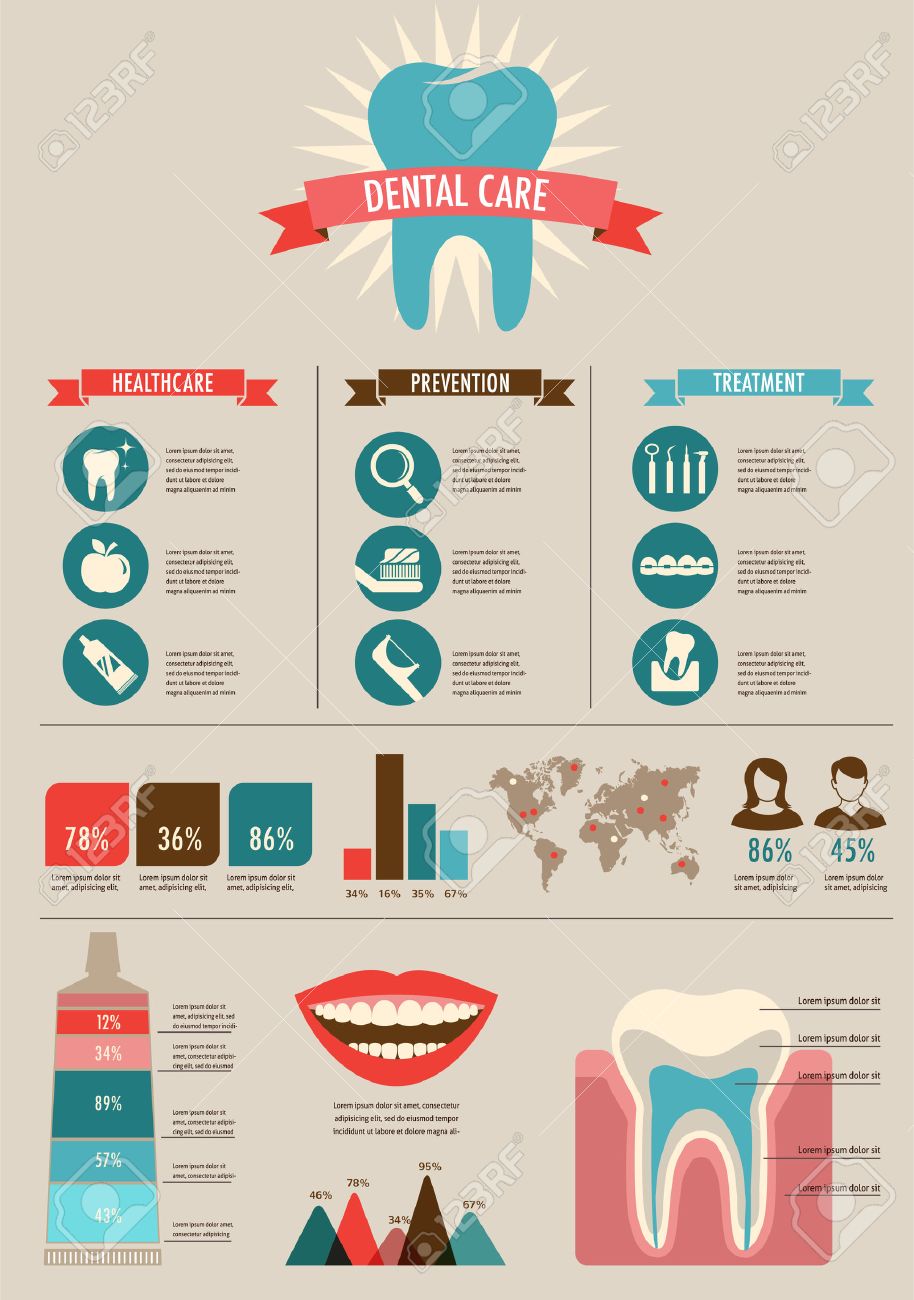The Development Of Dental Surgery: Emerging Technologies And Growths Transforming The Discipline
The Development Of Dental Surgery: Emerging Technologies And Growths Transforming The Discipline
Blog Article
Writer-Jama Hessellund
Invite to the globe of dental surgery, where developments and advances are forming the future of the field! In this interesting world, you'll witness the transformative power of robotics, the advanced wonder of 3D printing, and the game-changing influence of minimally invasive techniques.
The future of dental surgery holds a guarantee of accuracy, efficiency, and boosted client results. With the help of innovative robotics, cosmetic surgeons have the ability to carry out complex procedures with higher accuracy and control.
3D printing modern technology is changing the production of oral implants and prosthetics, providing personalized remedies that fit perfectly into each patient's distinct makeup.
Furthermore, minimally intrusive methods are lowering post-operative pain and healing time, permitting individuals to go back to their lives quicker.
Prepare yourself to check out the exciting advancements and developments that are reshaping the landscape of oral surgery!
Developments in Robotics
One major innovation in oral surgery is using robot modern technology, which enables precise and effective operations. With the help of robot systems, oral surgeons have the ability to carry out complex surgical procedures with enhanced accuracy, reducing the threat of human mistake.
These robot systems are geared up with advanced imaging modern technology and exact tools that make it possible for specialists to navigate via intricate anatomical structures effortlessly. By making use of robot technology, surgeons can achieve higher surgical precision, causing enhanced individual results and faster recuperation times.
Additionally, the use of robotics in oral surgery permits minimally invasive treatments, lowering the trauma to bordering tissues and promoting faster recovery.
3D Printing in Dental Surgery
To boost the area of dental surgery, you can explore the subtopic of 3D printing in dental surgery. This cutting-edge modern technology has the possible to transform the way oral doctors run and deal with people. Below are view it now in which 3D printing is forming the area:
- ** Custom-made Surgical Guides **: 3D printing permits the production of extremely precise and patient-specific surgical overviews, boosting the accuracy and performance of treatments.
- ** Implant Prosthetics **: With 3D printing, dental surgeons can develop personalized dental implant prosthetics that flawlessly fit a client's one-of-a-kind anatomy, resulting in far better results and individual contentment.
- ** Bone Grafting **: 3D printing makes it possible for the manufacturing of patient-specific bone grafts, lowering the need for traditional implanting strategies and boosting healing and recovery time.
- ** Education and learning and Training **: 3D printing can be made use of to produce sensible surgical designs for instructional objectives, enabling dental cosmetic surgeons to exercise intricate procedures before performing them on people.
With its possible to boost precision, personalization, and training, 3D printing is an exciting advancement in the field of dental surgery.
Minimally Invasive Techniques
To even more advance the area of dental surgery, embrace the capacity of minimally intrusive strategies that can greatly profit both surgeons and individuals alike.
Minimally https://remingtonmewof.blogofchange.com/33561011/the-importance-of-early-treatment-in-periodontal-recession-therapy are changing the field by decreasing medical trauma, reducing post-operative pain, and increasing the recovery procedure. These techniques include utilizing smaller sized cuts and specialized tools to carry out procedures with precision and performance.
By making use of sophisticated imaging modern technology, such as cone beam of light computed tomography (CBCT), doctors can properly plan and carry out surgical procedures with marginal invasiveness.
In addition, making use of lasers in dental surgery enables specific tissue cutting and coagulation, leading to minimized blood loss and minimized recovery time.
With minimally invasive strategies, patients can experience faster recuperation, reduced scarring, and improved results, making it a vital element of the future of dental surgery.
Conclusion
So, as you can see, the future of dental surgery is incredibly appealing, with interesting innovations and developments forming the area.
From clear braces in austin in robotics to making use of 3D printing and minimally invasive methods, dental doctors are changing the means they give treatment.
While some may bother with the possible cost connected with these improvements, it's important to bear in mind that these innovations eventually improve client outcomes and reduce recuperation time, making them well worth the financial investment in the future.
